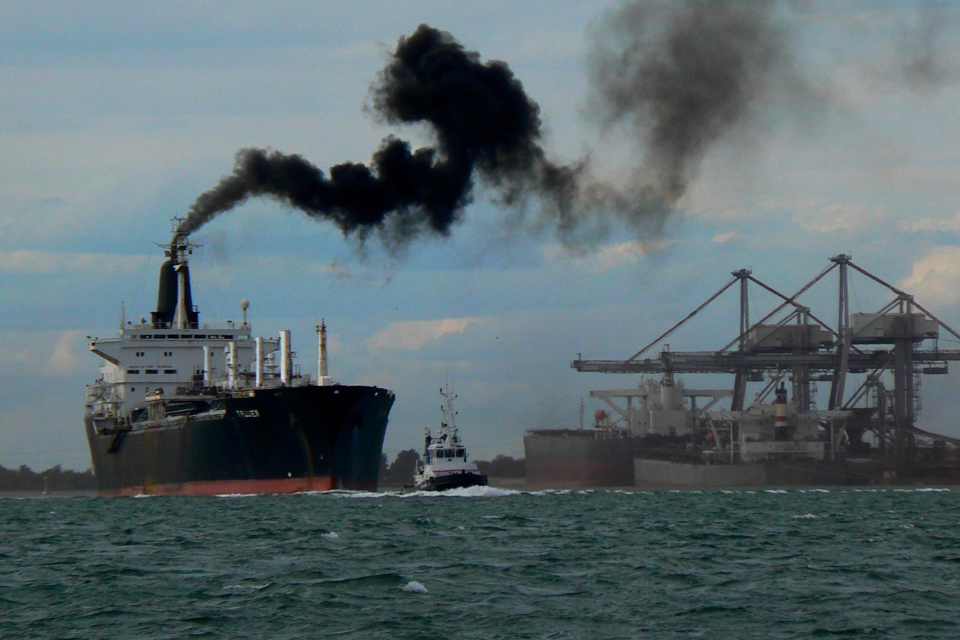In search of solutions to cut a ship’s emissions, Alfa Laval and Japan’s National Maritime Research Institute have trialled onboard carbon capture using a scrubber. The project was designed to validate results achieved in the lab and to prove a scrubber can be used for this purpose.
Carbon capture and storage (CCS) is a potential bridge technology. It can extract carbon from emissions until carbon-neutral fuels become more viable.
In a full CCS solution, carbon removed from a vessel’s exhaust gas would be stored away to prevent it from ever entering the atmosphere. For this project, the scope was limited to showing that a scrubber could perform the CO2 capture on board. The modified PureSOx system was able to absorb CO2 from the auxiliary diesel engines in port, while operating in closed loop.
Also read: Conoship: Marine carbon capture future-proofs LNG-fuelled vessels
Sea trials
The Japanese shipowner involved in the research, who had installed an Alfa Laval PureSOx scrubber for SOx compliance on a newbuild, arranged with Alfa Laval and the shipyard to include the testing in the vessel’s sea trials.
‘The positive results from our project with NMRI Japan show that scrubber technology could also play a role in removing carbon at sea,’ says René Diks, Head of Exhaust Gas Cleaning Systems at Alfa Laval. ‘Much development is needed before CCS can be deployed at sea, but this preliminary testing showed clear potential in the approach. Though designed to remove SOx, PureSOx demonstrated its ability to remove CO2 while operating in closed loop.’
Also read: ‘Reducing shipping emissions starts with wind power and carbon capture’
Picture (top) by Roberto Venturini.








